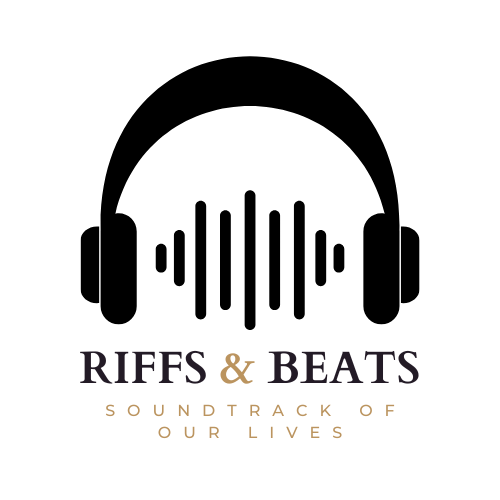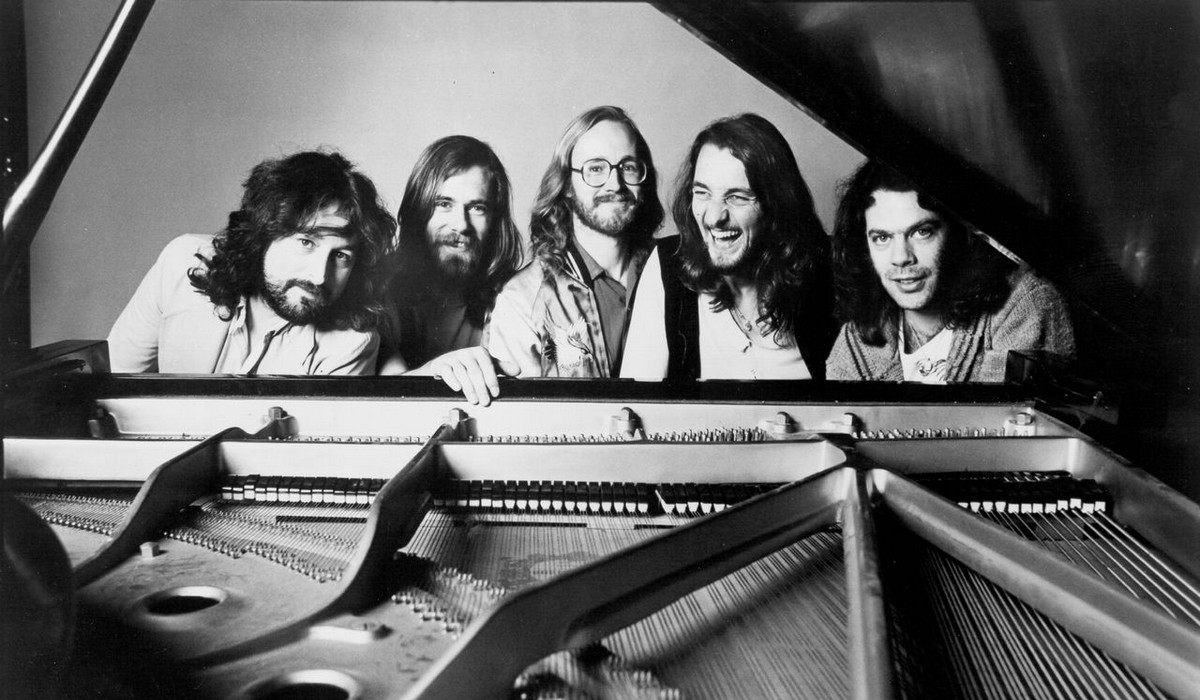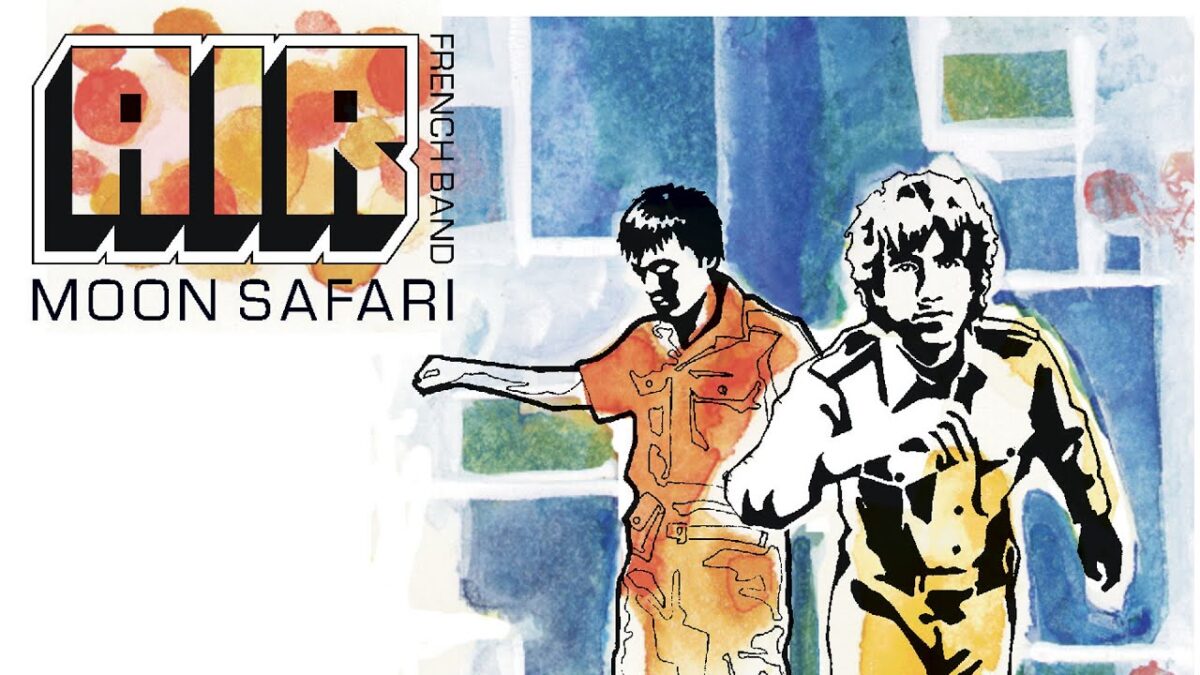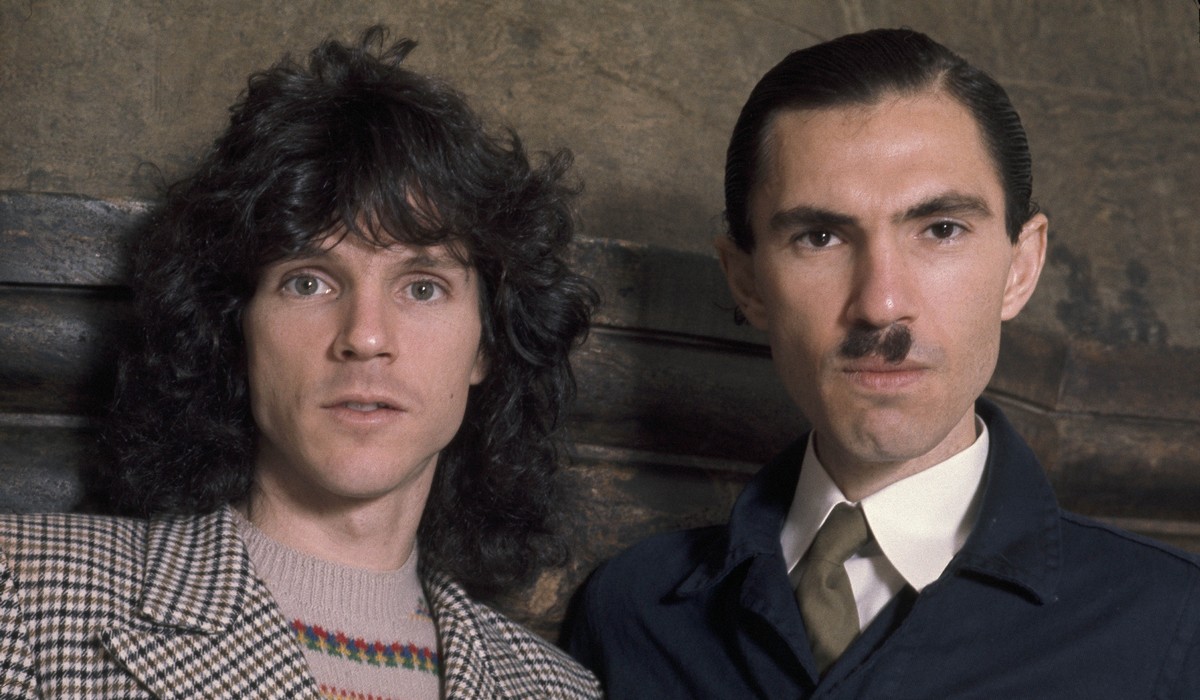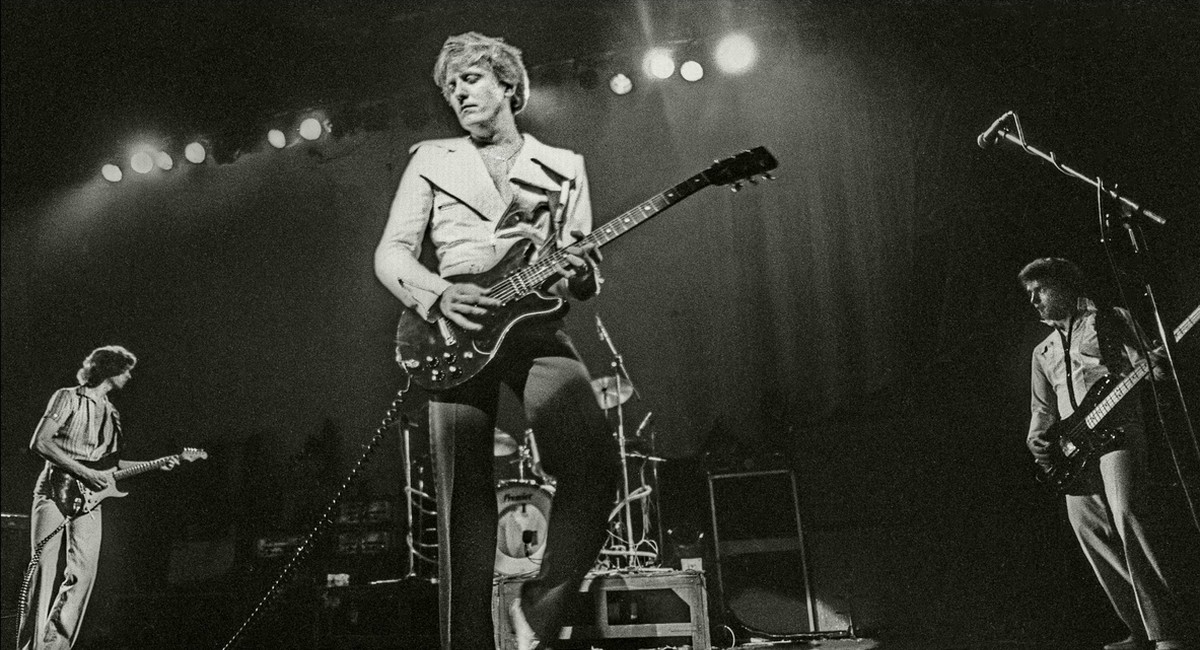Synths, style and mastery
The synth glides almost weightless, nearly carried on the breath of a dream. Published in 1985 on Songs from the Big Chair, Head Over Heels finds a perfectly sewn, simple rhythm. Created with care around a tune that holds your hand without pulling you forward, the song has a warmth uncommon for the decade it came from. Roland Orzabal’s vocal is like a confession draped in music, sincere without being delicate, composed without distance.
The song started as a snippet during early album sessions. Orzabal and Curt Smith explored ideas with producer Chris Hughes, creating moods instead of chasing singles. Head Over Heels arose from that process, flowing directly out of Broken, which appears both as a separate track and a frame for it. The structure lends the track a cyclically feel, as though it has been spinning for a long time before it starts and continues spinning after the fade-out.
The sense of hung emotion defines the song. With synth textures blooming like slow-motion fireworks and piano chords striking softly but firmly, it reveals itself in regular layers. The manufacturing holds back, leaving opportunity for space and movement. The chorus has a kind of lift that never tips into ecstasy, and the specifics, a breath here, a backup voice there, weight as much as the hook itself. The world of the song feels close, perfect without closing in.
Head Over Heels is probably the closest we’ll ever get to a love song. It’s a love song that kind of goes a bit perverse at the end.
(Roland Orzabal, 1985)
Head Over Heels lacks any sense of urgency. Like a long hallway, time runs through every stanza. The words speak in ellipses and motions, circling topics of connection, doubt, and the understated anguish of wanting more than what words can contain. Orzabal wrote in a manner that separated the lines; this song has some of his most disarmingly candid lines in full view. The honesty is understatement; the exactness of the band’s arrangement and the simplicity of their delivery hold it together.
Later discovered a second life in movies and television, Head Over Heels grew to be a staple on radio and playlists. Through presence, not scale, its reputation developed. The song does not assert anything. Confident in its simplicity, it rests quietly in the ear. Some songs fade with the age from whence they came. Like scent in the cloth, this one lingers, light, obvious, still present well after the space has cleared.
